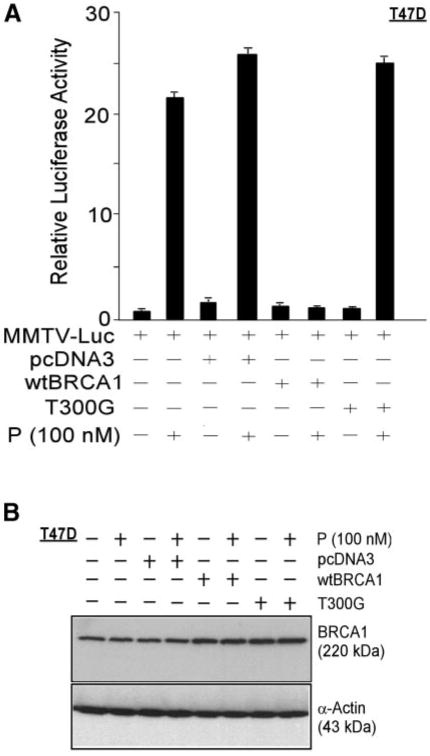Fig. 2. Cancer-Associated Point Mutant BRCA1 Fails to Inhibit PR Activity.

Luciferase assays were performed as described in the legend to Fig. 1, using either empty pcDNA3 vector, wtBRCA1, or a cancer-associated full-length point mutant BRCA1 [T300G (= 61Cys → Gly)] with a mutation that disrupts the N-terminal RING domain. The mutant BRCA1 failed to inhibit progesterone-stimulated PR activity, and the measured progesterone-stimulated PR activity values were significantly higher for the T300G mutant than for wtBRCA1 (P < 0.001; two-tailed t test) (panel A). Panel B shows the expression of BRCA1 in T47D cells transfected overnight (as above) with pcDNA3 or wtBRCA1 (5 μg of DNA per well in six-well dishes), postincubated for 24 h in medium containing 5% CSS without or with progesterone (100 nM), and harvested for Western blotting to detect BRCA1 or α-actin (control for loading and transfer). P, Progesterone.
